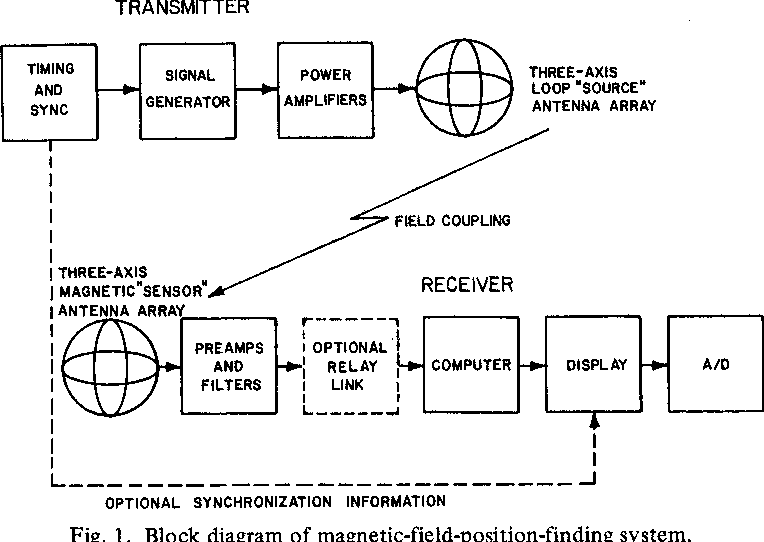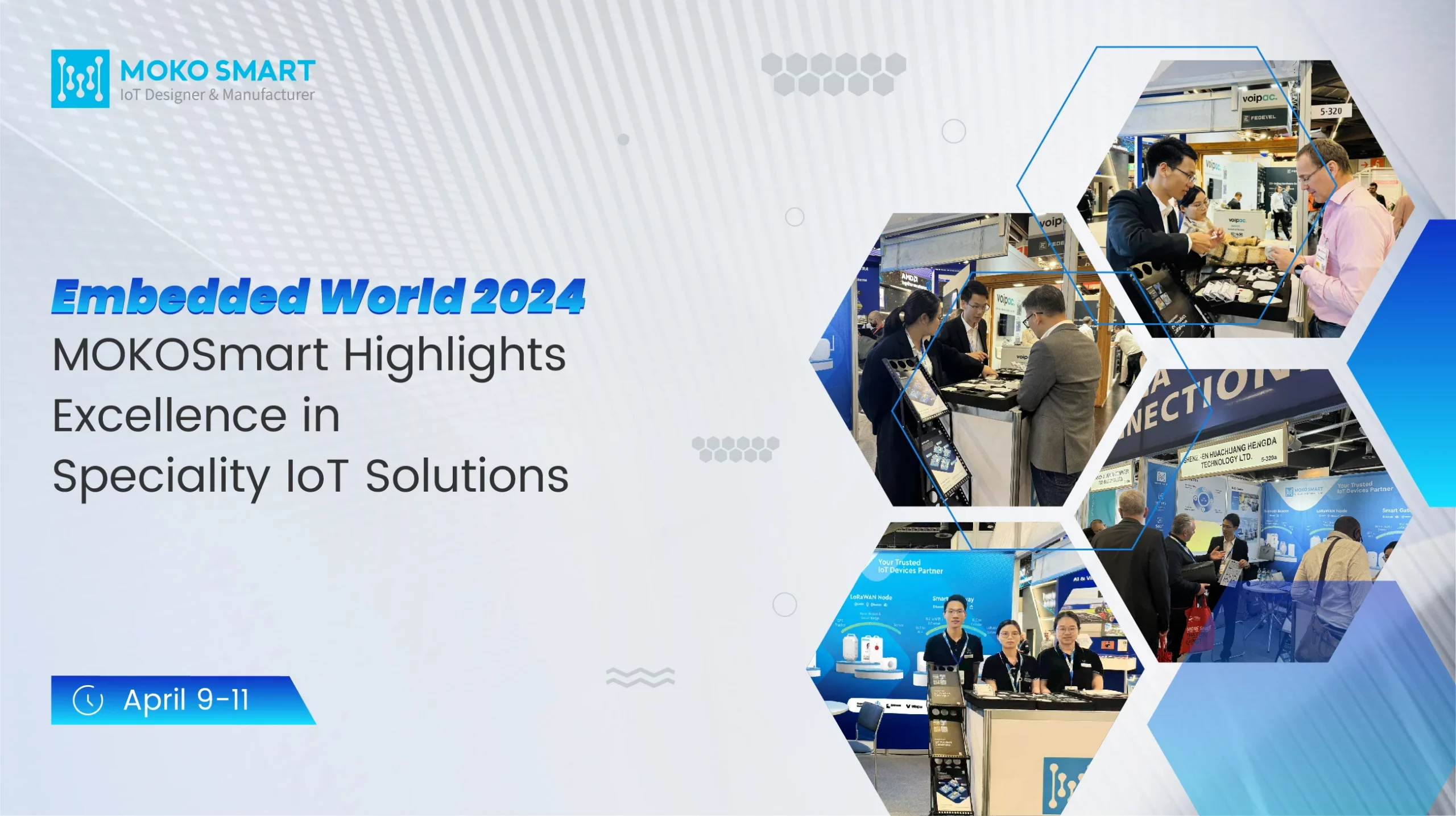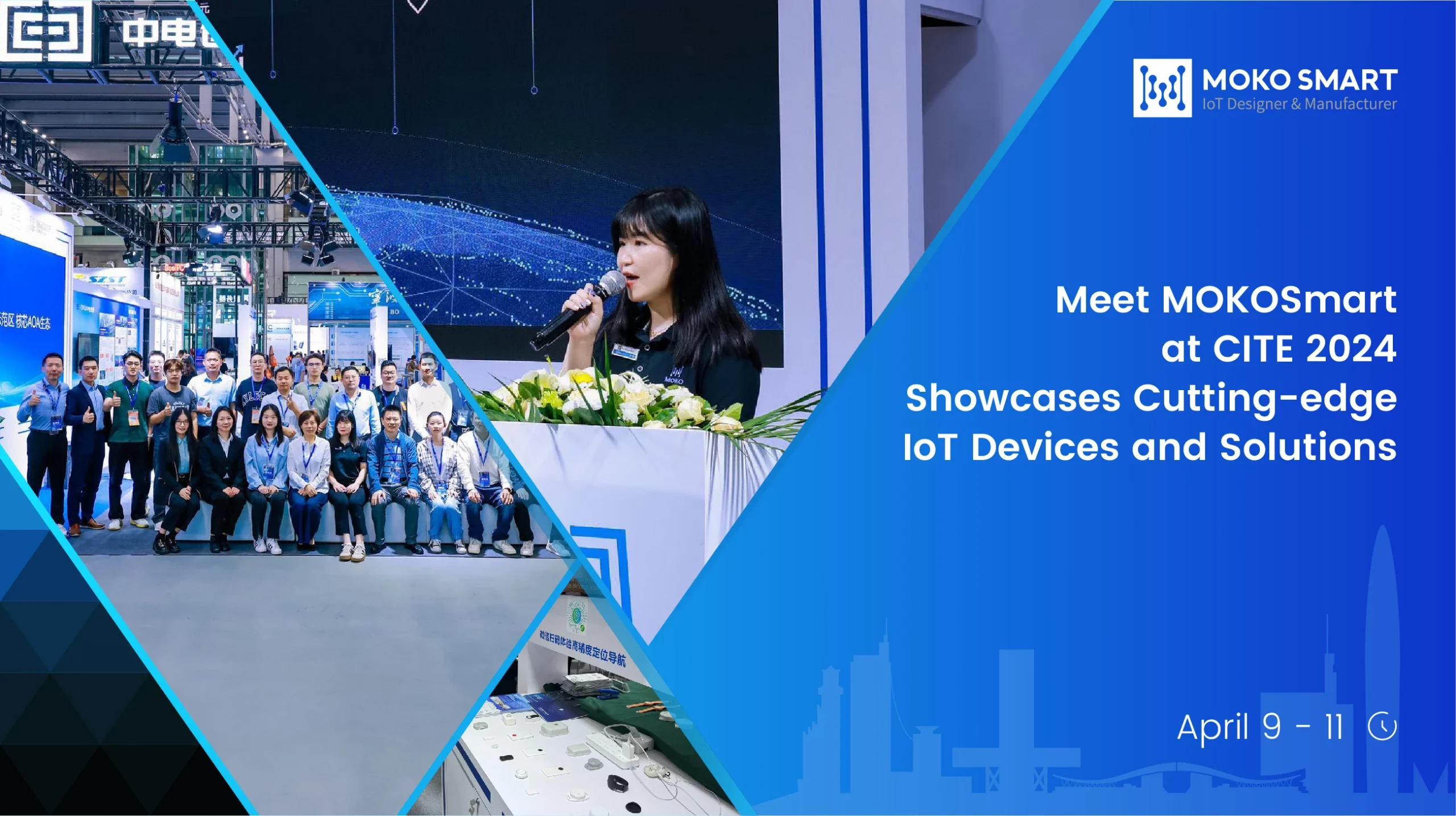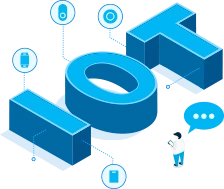Bluetooth location beacons aren’t exactly a new technology – they’ve been around for several few years now. But these small wireless transmitters are still sparking fresh innovation in the world of location-based services. Using Bluetooth Low Energy signals, beacons can broadcast to and be picked up by compatible mobile apps and devices. While beacons are not a panacea, they can be extremely powerful when thoughtfully deployed.
What are Bluetooth location beacons
A Bluetooth location beacon is basically a small Bluetooth radio transmitter that is powered by batteries. These are analogical to the functionality of a lighthouse. These devices continuously transmit Bluetooth Low Energy (BLE) signals. Most smart devices today are capable of receiving, interpreting, and displaying BLE signals.
We can install Bluetooth Location Beacons on real estate properties, large events, store-fronts, amusement parks, and other public venues. These help in location tracking and broadcasting relevant notifications.
Deploying Bluetooth Location Beacon is very flexible and simple. We can install these devices discreetly by using housings of various colors. These devices require very little energy to operate so their batteries can last from 2-8 years, and they don’t have to rely on any continuous external power source.
Bluetooth Location Beacons are also capable of providing sensor data. This may include the detection of movement, air pressure, temperature, light, humidity, and magnetism. This allows us to benefit from these devices in home automation, retail, healthcare, and industrial operations.
BLE location beacon vs. other location position technologies
Bluetooth

Bluetooth Beacon Technology is at the core of indoor positioning systems. It is one of the few latest technologies that have managed to become an industry standard soon after their emergence. Bluetooth Location Beacons are small, cost-effective, and have long battery life. This technology allows for detecting the signal from the Bluetooth Location Beacon and then roughly calculating the distance to that beacon. Hence, it allows for effective location positioning. Now we will objectively look at some of the alternative location positioning technologies,
Wi-Fi

We can use Wi-Fi for location positioning in a similar way as Bluetooth Location Beacons. It will allow for a stronger signal and will cover more distance. However, Wi-Fi-based deployments have a higher setup cost, require expensive equipment, and rely on an external power source.
Near Field Communication (NFC)

NFC technology uses small chips that don’t need a power supply. The smart devices detect the chip, and if the device is within 30 cm of the chip, then it will read the serial number of the chip. This will allow for precise location positioning within 30 cm. However, NFC technology is available in only cutting-edge devices and the latest smartphones, so it will take some time for it to establish a foothold.
Magnetic field detection

Magnetic field detection via a compass sensor on a device is also used for location positioning. Fingerprinting technology is helpful for mapping the magnetic fields within the area of deployment. The device can then use this map for location positioning. The limitation of this technology is that we can use it only in certain settings where the magnetic fields are free from any kind of interference.
Equipment needed for BLE location beacon deployment
Bluetooth Location Beacon is a tiny device that makes them very practical. A Bluetooth Location Beacon has three main components,
- A smart Bluetooth connectivity Module
- One or more batteries for powering the whole assembly
- A tiny ARM Computer. The CPU of this ARM computer has an attached antenna that broadcasts electromagnetic waves of specific frequency and wavelength.
To use Bluetooth Location Beacons, you may need some additional equipment,
- External Power Supply: Some Bluetooth Location Beacons don’t come with batteries of their own, so they require some external power supply. We can integrate them into existing power supply networks because they consume very little power. Typically, Bluetooth Location Beacons are installed with lighting. This allows for masking their installation, and they can use the same power supply nodes as used by the lighting. Bluetooth Location Beacons which require external power supply are mostly used when they are required to function in limited hours. That is why we integrate them into existing power supply networks so that we can turn them on or off with other operations.
- App: Typically, Bluetooth Location Beacons require an app for providing visitors with location and navigation-triggered content via their tablets and smartphones. Organizations usually have to choose between branded and generic apps, usually. Branded apps are mostly preferred because they do a better job of promoting the organization. This is because branded apps are dedicated to customers who are using only their content.
- Content Management System (CMS): A CMS allows you to place Bluetooth Location Beacons, establish floor plans, control the content, and set up trigger points. CMS is usually maintained by the system provider and is mostly hosted online.
Use cases of Bluetooth location beacons
There are many scenarios that require the application of Bluetooth Location Beacons. Here are some prominent examples:
![]()
- Theft protection – Trigger alerts when tagged objects leave a geo-fenced area
We can attach Bluetooth Location Beacons to expensive and valuable objects. Security personnel will receive a notification or an alarm will trigger when a beacon leaves a defined region or area. - Navigation and wayfinding – In airports, museums, conventions etc.
Bluetooth Location Beacons allow indoor navigation for railway or airline passengers. They can easily find the right track or gate, and important places of interest like restrooms, ticket counters, and cash machines. They can find these by using an app on a smart device.
American Airlines uses Bluetooth Location Beacons for sending location-triggered content to nearby passengers through the American Airlines App. Passengers can use the American Airlines App to get information like boarding time, distance to the gate, and nearest security clearance line. - Asset tracking – Locate equipment and inventory in warehouses
Bluetooth Location Beacons can make it easier for workers in large warehouses to navigate through the storage sections. It will also make picking and delivering workflows more efficient. - Better Tourism Experience – Deliver interactive tours and info
We can deploy Bluetooth location beacons at tourist attractions to enable a better and more informed experience. Apps detect the beacons and deliver relevant audio tours, historic facts, AR models and directions when users are near points of interest. Eldheimar Museum in Iceland uses Bluetooth Location Beacons to provide visitors with necessary navigation information and location-triggered content. - Proximity marketing – Send coupons and offers to nearby shoppers
Stores use Bluetooth location beacons for sending discount coupons and special offers to customers in their stores via push notifications. For example, when a customer is browsing the shoe department, the store’s app can send a coupon for 20% off select footwear.
Beacons give brick-and-mortar stores the ability to digitally interact with customers right at the point of consideration. Shoppers get VIP treatment and deals tailored to their in-store journey. It’s precision marketing powered by location. - Automation – Integrate with building controls based on occupancy
Bluetooth beacons offer intriguing opportunities to automate and optimize buildings based on real-time occupancy data. By deploying beacons in various zones and rooms, facilities managers can track usage patterns and integrate with environmental control systems.
For instance, Lights can be programmed to turn on when people enter and turn off again after an area is vacant. Beacons can also trigger room scheduling and booking when employees are detected entering meeting rooms.
How to use the BLE beacon position
BLE technology allows for using beacon position and gathering data in different ways. The way you use the BLE beacon position depends on your desired application.
Client-based
If you want to display the beacon positioning data directly on the smart device, then the device will receive Bluetooth signals directly from the installed beacons. The signals from these beacons will then allow for estimating the location by measuring the signal strength. The range of a client-based system is 30 meters, and the accuracy is 1-3 meters.
Server-based
In the server-based positioning, the Bluetooth beacon attached to the desired object sends BLE signals to Locator Nodes, which are deployed in the monitored area. The Locator Nodes process the gathered data and send it to a central server. This data then gives a position which is shown on a map for live tracking. The range of a server-based positioning is 75 meters, and its accuracy is less than 8 meters.
Positioning accuracy of BLE location beacon
The smartphone measures the strength of the incoming Bluetooth signal to estimate the distance to the Bluetooth beacon. This approach though efficient isn’t very precise in certain settings. The signal strength drops quickly for the first 1-2 meters, so BLE positioning is relatively accurate at these distances. However, the further the distance from the Bluetooth beacon, the less accurate the distance measurements. Certain other factors, like physical hurdles and signal reflections, also affect the signal strength, which in turn affects the estimation of distance.
For the purpose of generalization, we divide the detection of beacon proximity into three categories, which are near, immediate, and far.
– Immediate: Within 0.6 meters, high accuracy
– Near: 1-8 meters, medium accuracy
– Far: Beyond10 meters, low accuracy
Mostly Bluetooth beacons give ideal performance within immediate and near applications.
![]()
If we require positioning in the far region, then we simply detect the proximity of the smartphone to a beacon and then measuring the distance of that beacon to the nearest beacon and so on. If we adopt this approach, then we will need a larger number of Bluetooth beacons. That is why in large industrial spaces, we use a mix of immediate, near, and far beacons with a variance of 5 meters. Hence, the accuracy increases significantly, and we can obtain better results.
Conclusion
If you are looking to use BLE technology or deploying Bluetooth location beacons for improving the positioning of your workflows or facilitating your clients but can’t manage to do so due to the sophistication involved, then you should consider MOKOSmart. We will look at the specific requirements of your business and offer BLE positioning beacons tailored to meet your needs. We will optimize it to facilitate your workflows, and we will help you with mass deployment as well. Feel free to contact us if you have any questions or if you want to inquire about a quote.
CONTINUE READING ABOUT BLUETOOTH BEACONS:























